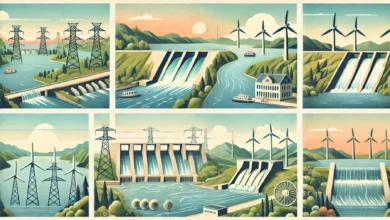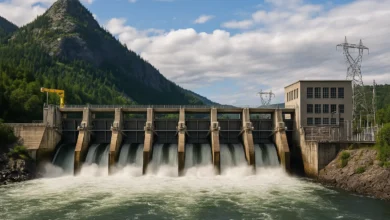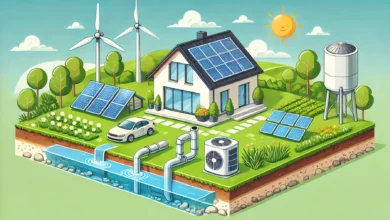Countries Extensively Using Hydropower
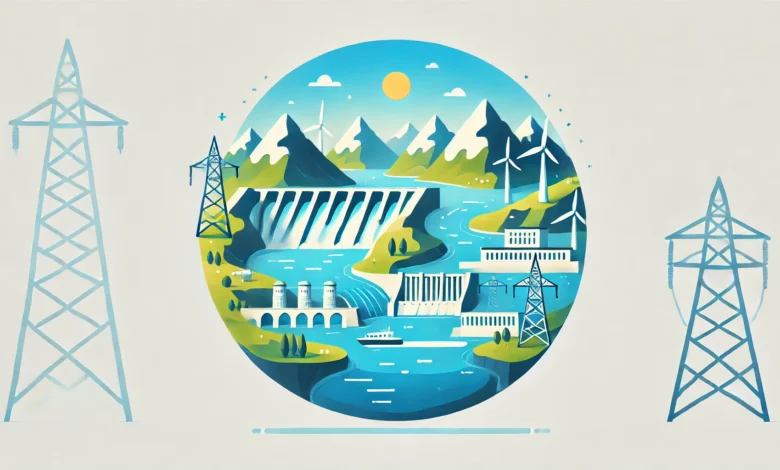
Countries Extensively Using Hydropower have embraced this renewable energy source as a key driver of sustainability and energy security. By harnessing rivers, dams, and advanced technologies, these nations demonstrate the potential of hydropower production to deliver clean, reliable, and renewable energy. This section explores how leading countries utilize hydropower to reduce emissions and support global energy transitions.
Contents
Countries Extensively Using Hydropower
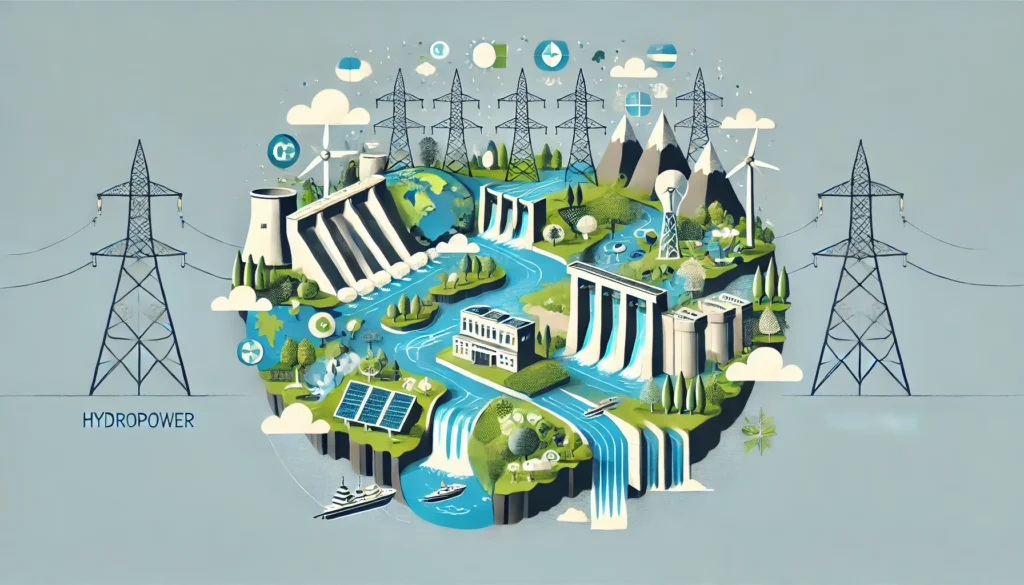
China
China is the world’s largest producer of hydropower, contributing nearly 30% of global hydroelectricity. The Three Gorges Dam, located on the Yangtze River, is the largest hydroelectric power station in the world. China continues to expand its hydropower capacity as part of its renewable energy strategy to meet growing energy demands while reducing carbon emissions.
Brazil
Brazil relies heavily on hydropower, generating over 60% of its electricity from this renewable source. The Itaipu Dam, which spans the Brazil-Paraguay border, is one of the largest hydropower plants globally. Brazil’s extensive river systems make it an ideal location for hydropower, providing sustainable energy and supporting irrigation.
United States
The United States is a major hydropower producer, particularly in states like Washington, Oregon, and California. The Grand Coulee Dam in Washington is one of the largest hydropower facilities in the U.S. Hydropower accounts for approximately 7% of the nation’s total electricity generation, providing clean and renewable energy.
Canada
Canada generates around 60% of its electricity from hydropower, making it one of the largest producers globally. Provinces such as Quebec and British Columbia host massive hydropower projects like the Robert-Bourassa Generating Station. Canada’s abundant freshwater resources support its dominance in hydropower production.
Russia
Russia ranks among the top hydropower producers in the world, with significant facilities along its major rivers, including the Volga and Yenisei. Hydropower plays a key role in Russia’s energy sector, supplying electricity to urban and industrial areas while promoting sustainable energy development.
India
India is rapidly expanding its hydropower capacity, particularly in the Himalayan region. Projects such as the Tehri Dam highlight India’s efforts to harness water resources for renewable energy. Hydropower contributes about 13% of the country’s total electricity production, supporting its growing economy.
Norway
Norway is a global leader in renewable energy, with nearly 90% of its electricity generated from hydropower. Its mountainous terrain and abundant water resources make it an ideal location for hydropower plants. Norway’s commitment to sustainability positions it as one of the cleanest energy producers worldwide.
Venezuela
Venezuela primarily relies on hydropower for electricity generation. The Guri Dam on the Caroní River is one of the largest hydropower plants globally, supplying energy to most of the country. Despite economic challenges, Venezuela continues to depend on hydropower as a primary energy source.
Sweden
Hydropower is a key component of Sweden’s renewable energy strategy, providing a reliable and clean energy supply. Sweden’s emphasis on sustainability and innovation has enabled it to integrate hydropower effectively into its national grid.
Turkey
Turkey has heavily invested in hydropower, utilizing its mountainous terrain and rivers. Projects like the Atatürk Dam on the Euphrates River showcase Turkey’s commitment to renewable energy. Hydropower supports both electricity generation and irrigation, contributing to agricultural development.
Hydropower’s Role in Global Energy Transition
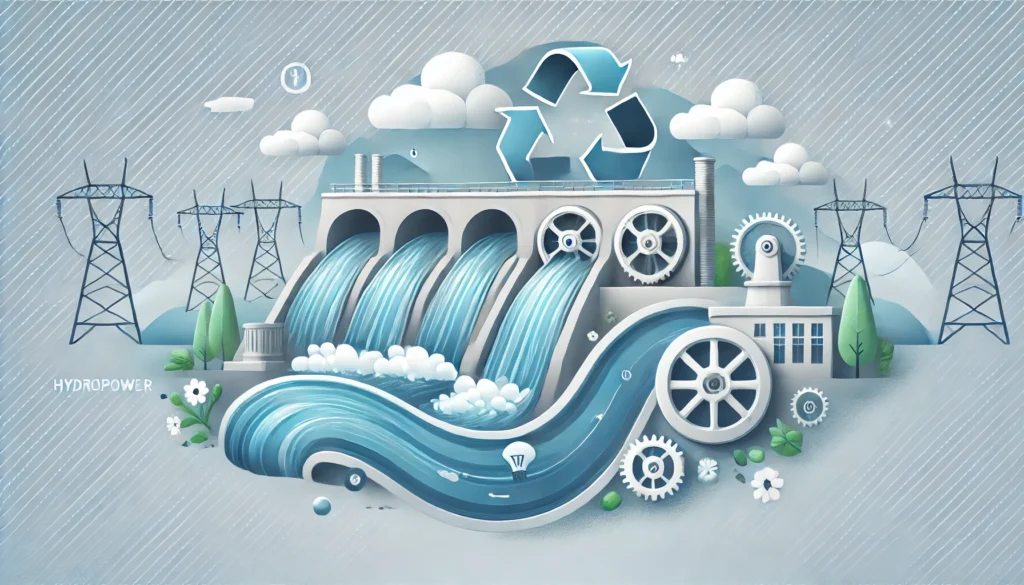
As the world transitions to sustainable energy, hydropower plays a vital role in reducing carbon emissions and providing reliable electricity. Its ability to complement other renewable sources, such as wind and solar, makes it a cornerstone of modern energy systems. Countries are increasingly focusing on upgrading existing hydropower technologies to improve efficiency and minimize environmental impact.
Harnessing Hydropower for a Sustainable Future
Hydropower remains a cornerstone of renewable energy, offering reliable and sustainable solutions to meet global energy demands. While it provides significant environmental and economic benefits, challenges such as ecological impact and high initial costs cannot be ignored. Countries extensively using hydropower demonstrate its potential to support energy transitions and reduce carbon emissions. With continuous advancements in hydropower technologies, this energy source is expected to play an even greater role in shaping a cleaner and more sustainable future.
